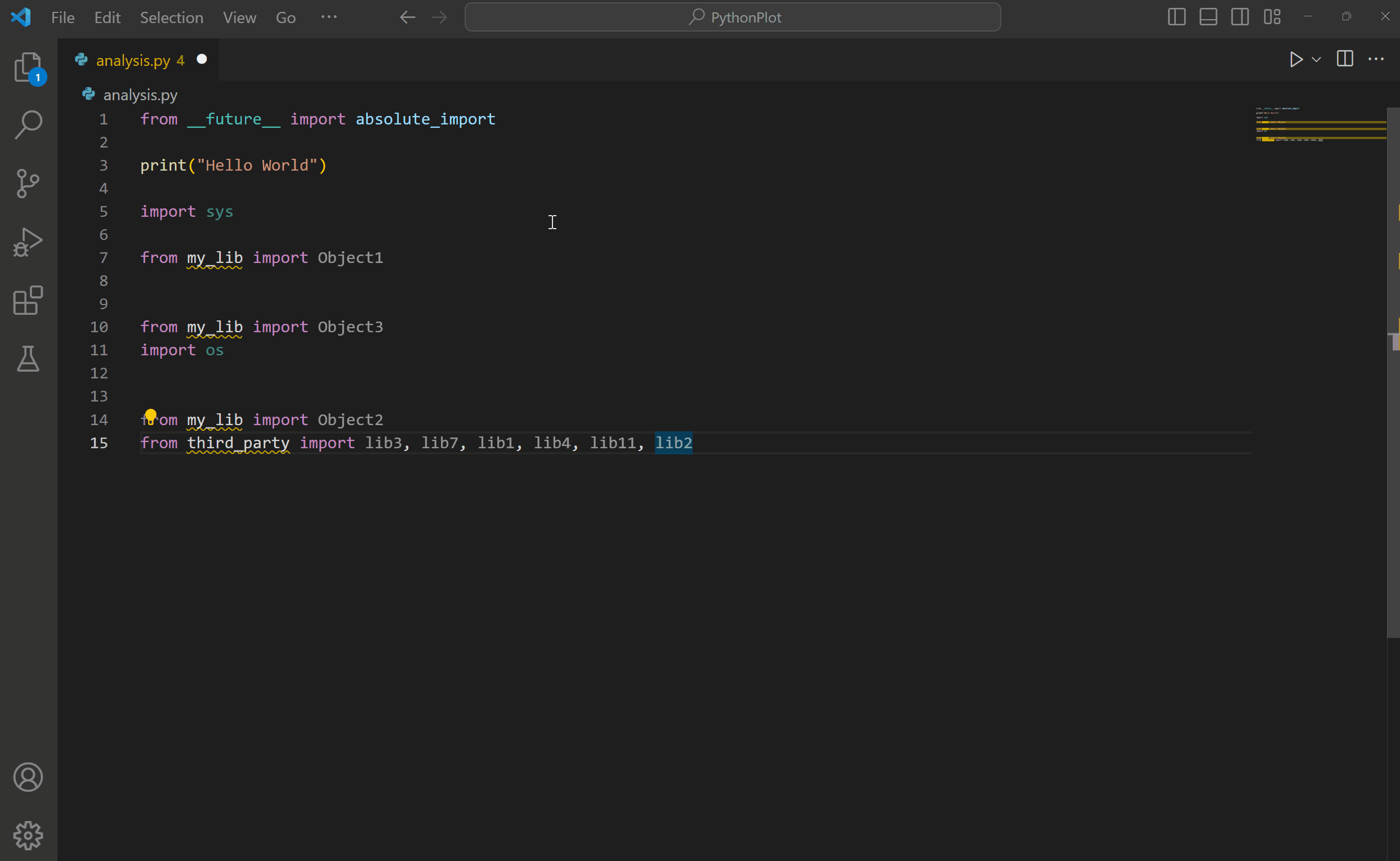

- #Python in visual studio code tutorial install
- #Python in visual studio code tutorial windows 10
- #Python in visual studio code tutorial windows
Configure Linting, Type Checking, and Moreīy default, Pylint is enabled for Python in VS Code, but VS Code supports many other linters. More details about Python virtual environments can be found here. Note: If it does not show up, restart VS Code may be necessary. working_environment should be available now. Step 6: Click the Python Interpreter icon to select the working_environment.

To do so, we need to tell VS Code the path to the virtual environment. Step 5: We want to use the virtual environment, working_environment, we just created for this project.
#Python in visual studio code tutorial install
Ignore them for now, since we do not want to install these to the system Python interpreter. It may also detect something is not installed, e.g., pylint and pytest. Once we add a Python file, VS Code automatically detects the Python environment by default, it picks the system one. Step 4: Add folder and files shown at Plot, so it looks like: Step 3: Create a new folder called project under C:\Workspace\ Now we are ready to create the project with VS Code.

Create a Virtual EnvironmentĪssume we use C:\Workspace as the workspace for this tutorial and working_environment is our virtual environment.Ĭ:\Workspace>python -m venv working_environment Create the Project and Setup VS Code The latest stable version is 3.7.4 when this article is written. To run Python code on Windows, we need to install Python.
#Python in visual studio code tutorial windows
Setup Python Development Environment on Windows Remote Development extension also installs Remote – Containers, Remote – SSH, Remote – SSH: Editing Configuration Files, Remote – SSH: Explore, and Remote – WSL.Īfter the installation, VS Code should look like:
#Python in visual studio code tutorial windows 10
Since Windows 10 is the host VS Code runs in this tutorial, we need to install VS Code on the Windows host. More details for linting can be found here. venv for creating a virtual environmentĪll of the linters are supported by Python extension of VS Code.Ubuntu 18.04 (for WSL and remote Linux)Ī typical Python development includes the virtual environment, linting, test, and debug.Visual Studio Code 1.37 with extensions.

To run test.py right-click the file in the editor and select Run Python File in Terminal.Assert compute.inc(value=5) = 6 def test_dec():Īssert c(value=5) = 4 Windows-Centralized SetupĪlthough VS Code can run on different platforms, e.g., Linux and MacOS, this tutorial uses Windows 10 as the main place to run VS Code. py file extension, VS Code interprets this file as Python and evaluates the contents with the Python extension and the selected interpreter. Once you complete the above steps you are ready to execute Python applications in Visual Studio Code.Ĭreate a new file test.py, and open in the editor.Type the following in the sample file: msg = "Hello World"īy using the. In Visual Studio Code select the Python interpreter from the command pallete(Ctrl+Shift+P) using the following command:.Include the location of your Python interpreter is included in your PATH environment variable.Install the Python extension for VS Code.In Visual Studio Code search for Python extension for VS Code.Install a version of Python 3.Python programs need Python interpreter to execute.Visual Studio Code supports lots of languages including Python.Visual Studio Code provides different extensions for working with different languages such as C# and JavaScript. To develop and run a python program in Visual Studio Code we need to install Python extension for Visual Studio Code.


 0 kommentar(er)
0 kommentar(er)
